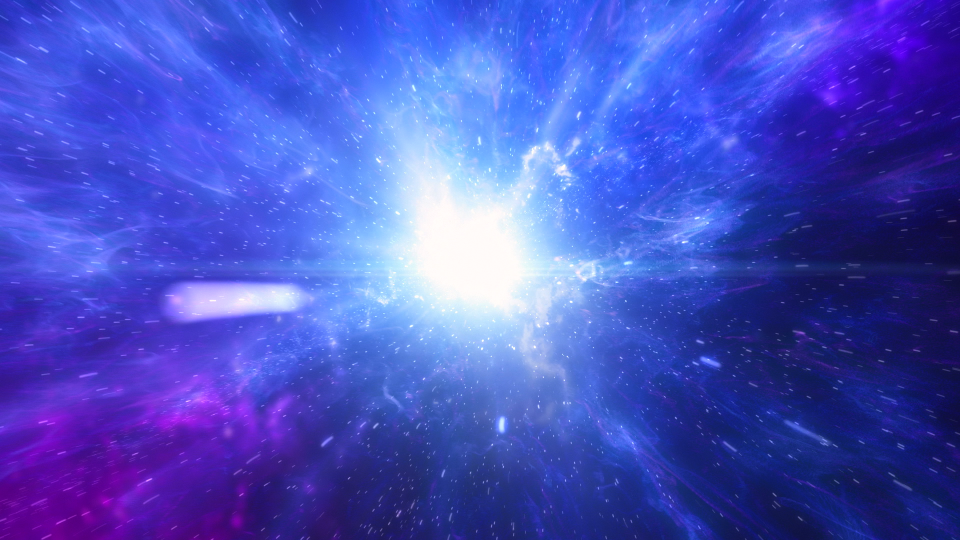Now we know how fast a black hole spins when it shreds a star

Ages ago, in a galaxy some 300 million light years away, an unwitting star veered fatally close to a powerful black hole. After shredding the star apart, the black hole ejected pulses of energy into the cosmos.
Astronomers received this ancient signal, made of x-rays, in 2014.
Now, a team of astrophysicists used these x-rays to reveal insights about this enigmatic black hole, specifically, how rapidly it's spinning. They published the study Wednesday in the journal Science.
"You're getting information from right next to the black hole," Dheeraj Pasham, an astrophysicist at MIT and the study's lead author, said in an interview. "You're getting information from the strongest gravity that can exist."

Image: NASA/CXC/M. Weiss
The black hole in question is thought to be super massive — about 1 million times the mass of the sun. Accordingly, it has an immensely powerful gravitation pull. So when an unassuming star traversed near this black hole, it began to rip the star apart. This dramatic moment is called a tidal disruption event, or flare.
"It's just gravity — but gravity in an extreme situation," Chris Fryer, an astrophysicist at Los Alamos National Laboratory who had no involvement in the study, said in an interview.
These tidal disruption flares are critical to understanding the nature, and spin, of black holes that are actively consuming stars.
SEE ALSO: Scientists detect a repeating signal from deep space, but its origin is a mystery
As the black hole strips away the star, this volatile matter heats up to 1 million degrees Celsius as it gets pulled into a disk around the black hole, explained Pasham. This "star soup" then emits energy, in the form of x-rays, into space. In the case of this black hole, scientists found that a strong x-ray signal was emitted every 131 seconds over at least 450 days.
Critically, the hot disk is suspected to orbit just outside of the black hole's event horizon — which is the point of no return. Not even light can escape.
"The key is figuring out how close the material can get to the black hole," said Pasham.
In other words, armed with evidence about how and where this disk of hot star matter was moving, combined with a good idea of the black hole's mass, Pasham said his team "teased out" the black hole's spin. It spins at about half the speed of light. Researchers have calculated black holes' speeds before, and they can spin faster than this one, but this one's speed is nothing to sneeze at.
"It's just a really rapidly spinning black hole," said Fryer.

Image: nasa
This method of studying black holes — by observing the dramatic shredding of stars — gives scientists improved insight into massive black holes that are actively ripping apart massive stars and creating disks of star matter. This is rare. Only about 5 percent of black holes are actively doing this.
"It's basically having access to this pool of supermassive black holes that have not been studied before," Pasham said.
Pasham plans to look for, and hopefully spot, more of these dramatic events in the cosmos. The aim is to continue unravelling the nature of black holes — which are still largely enigmatic and relatively new to science.
"A little over 20 years ago we were not certain we could prove black holes existed," said Fryer. "Now, there is no one doubting it."
"The evidence keeps on piling up," he said.
WATCH: Ever wonder how the universe might end?


